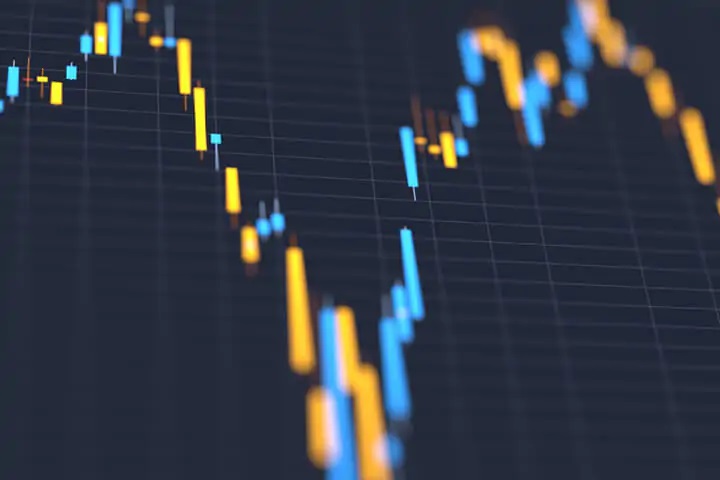What will happen to the economies of the EU, the US and China

Four possible scenarios for the markets in 2023. The analysis by Robert Lind, economist at Capital Group
As things stand, markets appear crystallized around an upbeat outlook for 2023. Asset prices indicate that inflation will start to fall fast, the US Federal Reserve will adopt a less aggressive approach and global growth will not be much weaker than 2022 However, monetary policy is fluid, geopolitical uncertainty is high and robust labor markets are offset by weakness in housing and other sectors. Taken together, this opens up a wide range of possible outcomes.
We have developed four contrarian scenarios that suggest current market consensus, as reflected in asset prices, may not be the most likely outcome.
1. The Fed will keep rates higher for longer
Current inflationary dynamics will continue to induce the US Federal Reserve to raise rates further, if it really intends not to repeat the mistakes it made in the 1960s and 1970s. But the market is still not convinced that the Fed will raise rates above 5. Furthermore, the consensus view on US gross domestic product (GDP) continues to point to something of a soft landing in 2023. Instead, we believe that the US economy could slip into a moderate recession, with a contraction of about 2%.
There is a real risk that the Fed will raise rates above 5%. We also do not expect the Fed to pivot (cut rates to 3% or 2%) unless the recession deepens or financial markets show signs of easing. The Fed may halt rate hikes at 5% (or lower) in response to economic weakness. However, we believe that the decision to stop the hikes earlier than expected would lead to high rates for an even longer period.
We believe this recovery could prove to be more robust than the last two recessions. The US could be at the start of a robust capital spending cycle, with manufacturing reshoring and supply chains realigning over the next decade.
Thanks to the tight labor market, consumers may be better off than they usually are at the end of a recession. As a result, consumer spending may recover faster than usual.
2. Inflationary pressures in Europe will persist
According to the Bloomberg Consensus, European economists expect consumer price inflation to slow from its recent 10% year-on-year to 3% at the end of 2023 and 2% in 2024. We doubt, however, that inflation will return to target.
First, we expect more persistent upward pressure on energy prices as Europe looks to diversify away from Russian oil and gas in the coming years. This will likely result in a large negative supply shock, effectively driving up costs across the economy for an extended period. The result could be a worsening trade-off between inflation and economic growth.
Second, we believe policymakers will tolerate higher inflation as the economy adjusts to a significant decline in real incomes. The alternative for governments and central banks would be to drag economies into an even deeper recession than expected next year.
Third, we believe workers and firms are now more willing to accept price and wage increases, which will support inflationary pressures. Unions are working to raise wages in line with inflation in a context of continued labor shortages. Companies appear willing to make some concessions in terms of wages, but are willing to raise prices to handle higher wages and other costs.
3. China's economy will not experience a solid recovery
For China, we expect real GDP growth of between 3% and 4% in 2023, compared to the International Monetary Fund's forecast of 4.4%. However, we believe that the drag on the zero-COVID policy will ease, the real estate market will bottom out, and the Chinese economy will be moderately buoyed by infrastructure spending.
Beijing's early turnaround in its zero-COVID policy could spur at least a moderate recovery in consumer spending. However, the extent of this recovery will depend on the decline in unemployment, which we expect to be slow.
Household incomes, wage growth and lending have been weak, while consumer confidence is still low and unemployment data is high. Of course, zero-COVID policies weigh heavily on consumer confidence, but wage growth is an important driver for consumption.
4. Imminent dollar depreciation is unlikely
In our view, the bond market remains rightly focused on what has driven the dollar's movements in recent years: interest rate differentials.
It is possible that real 10-year US Treasury yields have already peaked. In that case, an important support element to the dollar could be missing to the extent that a change in yields, rather than the absolute level of return, will drive currency swings.
If and when the dollar starts to lose some of its relative value, the effect could be particularly pronounced against emerging market (EM) currencies. Many EM central banks started raising interest rates early and were more aggressive than their major developed market counterparts. As a result, EM real interest rates look more attractive than developed markets. In our opinion, however, it will take at least a year.
This is a machine translation from Italian language of a post published on Start Magazine at the URL https://www.startmag.it/economia/mercati-quattro-scenari-contrarian-2023/ on Sun, 12 Feb 2023 06:37:05 +0000.
